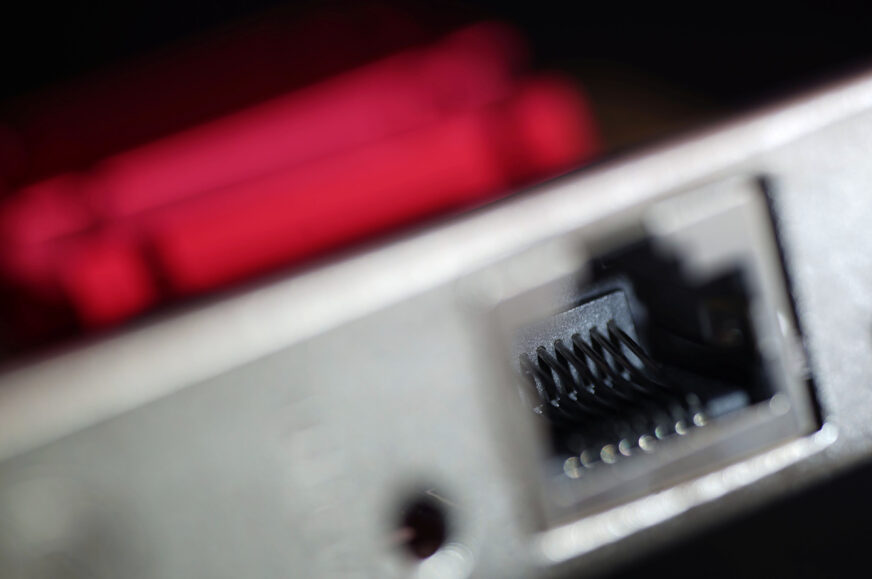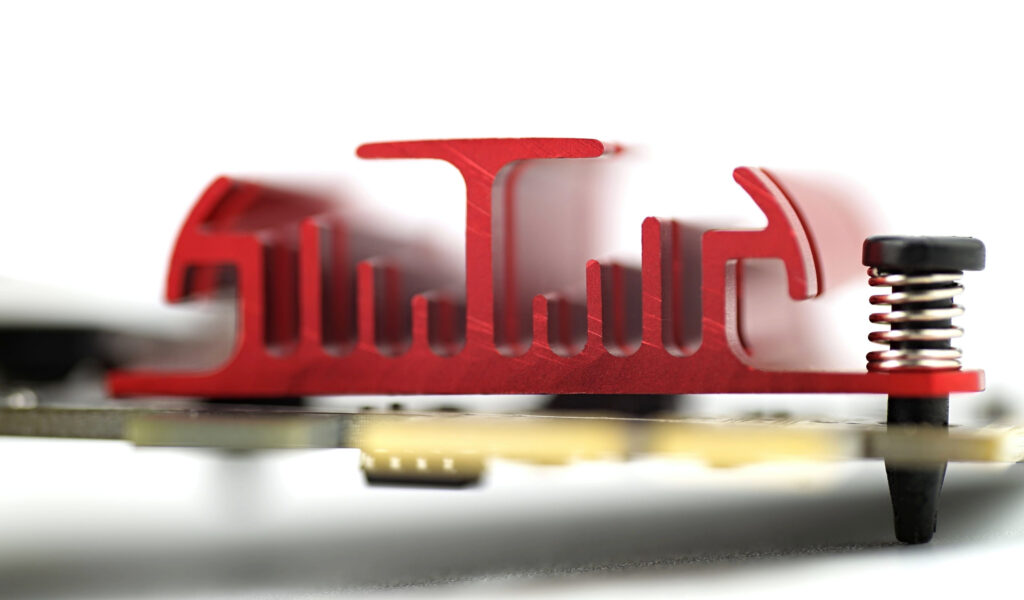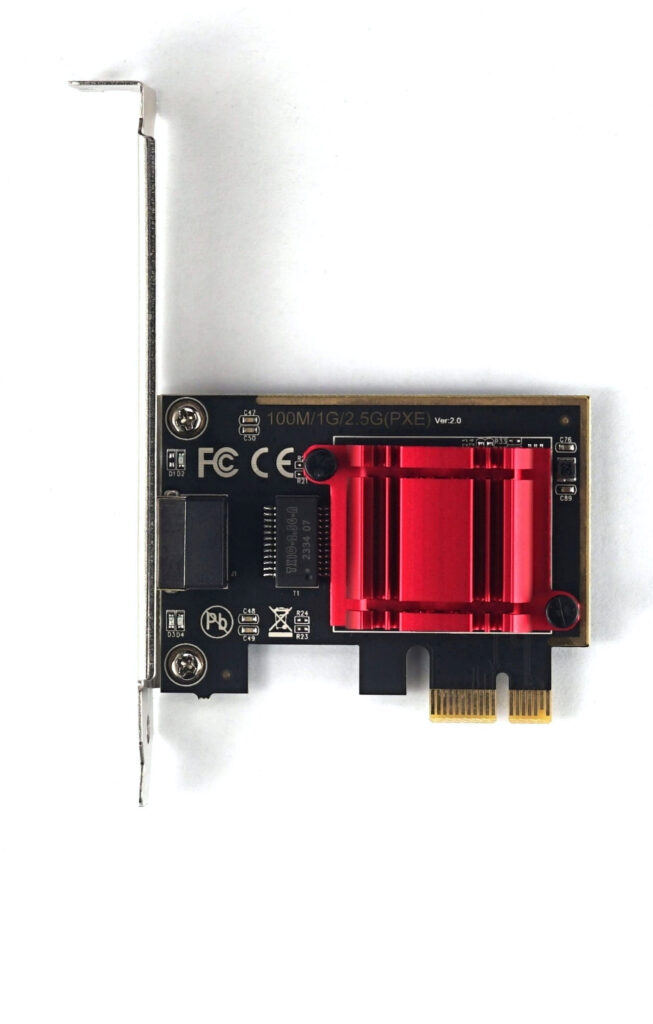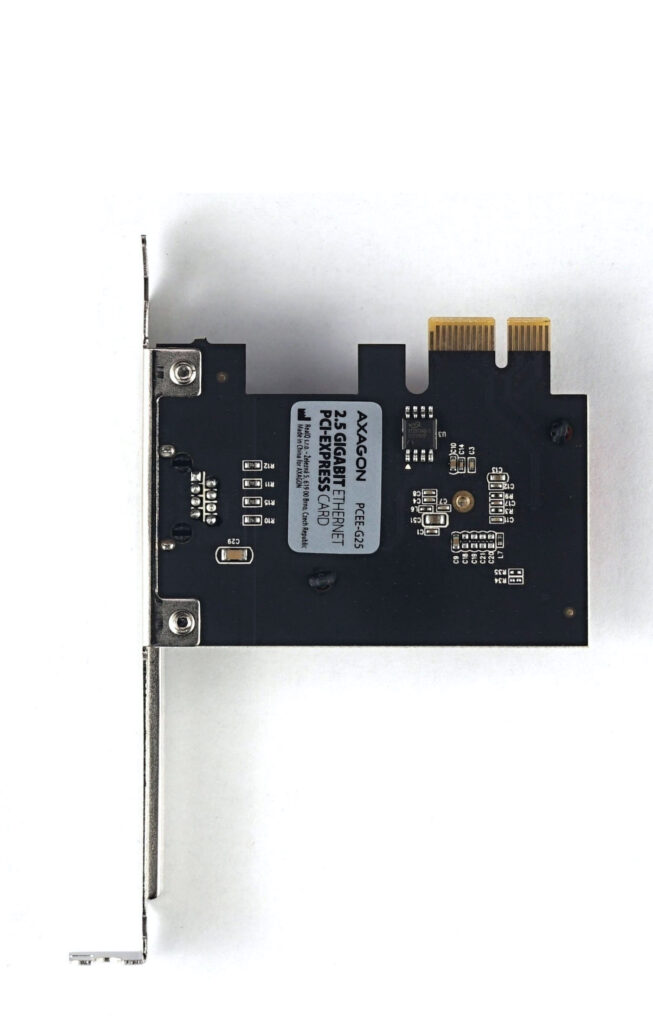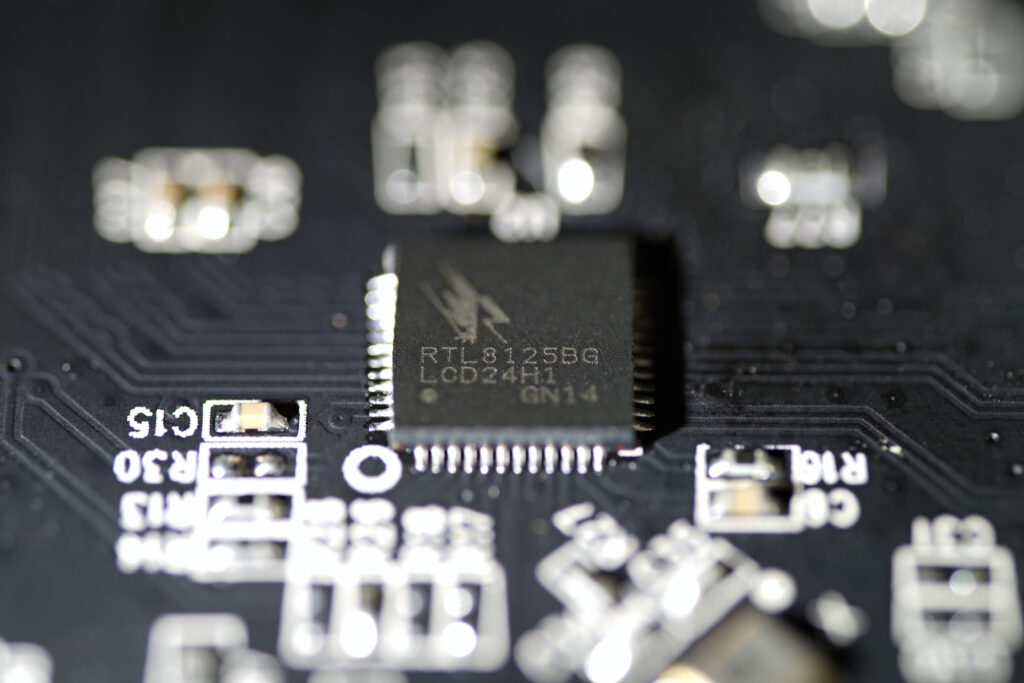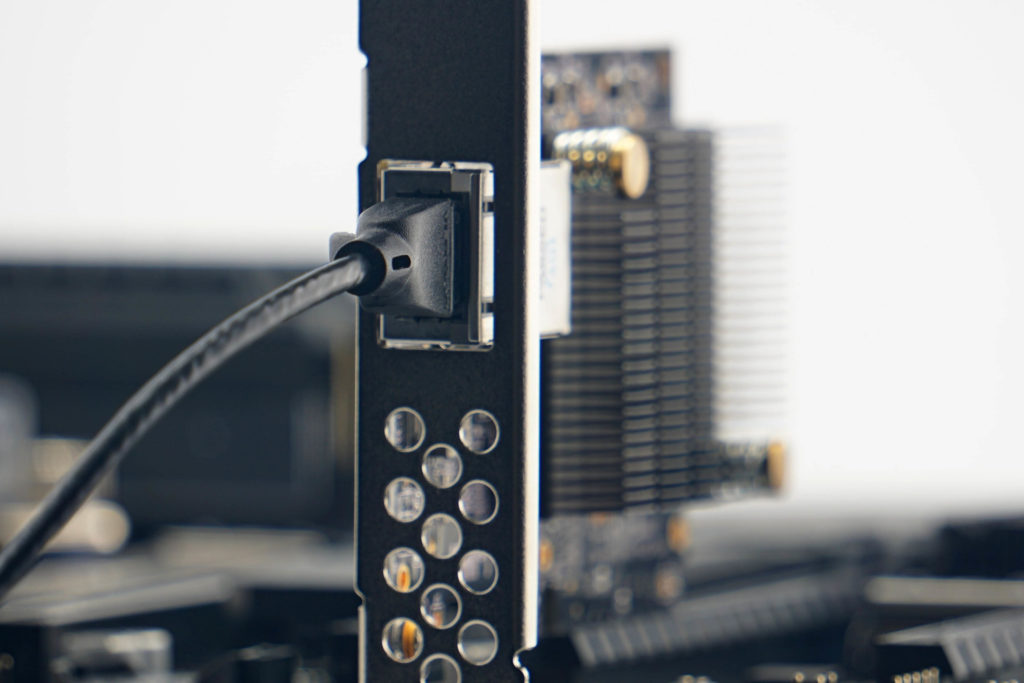2.5-gigabit LAN on a PCI Express card
Buying a network card is in some cases a more elegant option than replacing the entire motherboard. For such situations, Axagon has an on-PCI Express card 2.5-gigabit one in the form of the PCEE-G25, for example, for home users. We’ve subjected it to a great deal of comparison with integrated adapters. And before you get into it, one question: Can you estimate how much power such a simpler network card might consume?
To start with, a little bit about the segmentation of the PCEE-G25 network card. Axagon sees it mainly as an upgrade to slower gigabit solutions or as a replacement for a damaged, typically integrated network adapter on a motherboard. It also does not exclude specific use in smaller (mostly hobby) servers or NAS, although it should still be kept in mind that the PCEE-G25 does not come with such ambitions, as it is a simple piece of hardware without advanced management options.
Axagon is a small, single-slot, 70 mm short 2.5-gigabit card with a single RJ-45 connector. Interface support ranges from PCI Express 1.0a to 5.0. It is pluggable into a PCIe ×1 slot. Its physically smaller connector size allows it to be installed in slots that are usually unused on motherboards. That is, if they have them at all. But even if they don’t, the longer PCIe ×16/×8/×4 slots can still be used.
What is quite remarkable here is the presence of a cooler (an aluminum, well-articulated heatsink weighing 10 g). This is not present on comparable and often even faster chips on motherboards. In fact, even this card doesn’t need it and it only serves as a prevention from overheating in adverse conditions with worse cooling (or generally higher ambient air temperature). Axagon took inspiration here from “professional” network cards, which usually already have a cooler. Its attachment to the Axagon card is via push-pins with a spring, and it is in contact with the chip via a thermal pad.
In addition to the standard PCIe cover that comes pre-installed on the card, a shorter, low-profile one is also included. With it, use in 2U height cases is possible. But again, primarily within desktop setups, typically in an office or multimedia environment.
The foundation of the network card is the Realtek RTL8125GB chip, which you also know from many motherboards. It is equivalent to the Intel I225-V.
Detailed specifications of the PCEE-G25 network card can be found in a chart on axagon.eu.
Metodika
We test speed by copying a 10 GB file between a Samsung 980 Pro SSD (1 TB) and a Patriot Hellfire SSD (480 GB). This is done within a local network, with the Sonnet Solo10G on one side (and the network adapter under test on the other). The reported speed in megabytes per second of download or upload is based on the ratio of the total file size to the time it took to transfer it. The results recorded in the graphs are the arithmetic average of three passes.
Using a PCIe shunt (from our graphics card test methodology), we also measured power consumption on the Axagon network card. This was done on a local network, with the Sonnet network card connected, and then also with a connection to the Asus RT-AC53 router. With the exception of one mode, the drivers are always in default settings. We also measure online with EEE (Green Ethernet).
The network card is tested on a Asus ROG Z790-A Gaming WiFi II motherboard in a PCIe 3.0 ×1 slot.





